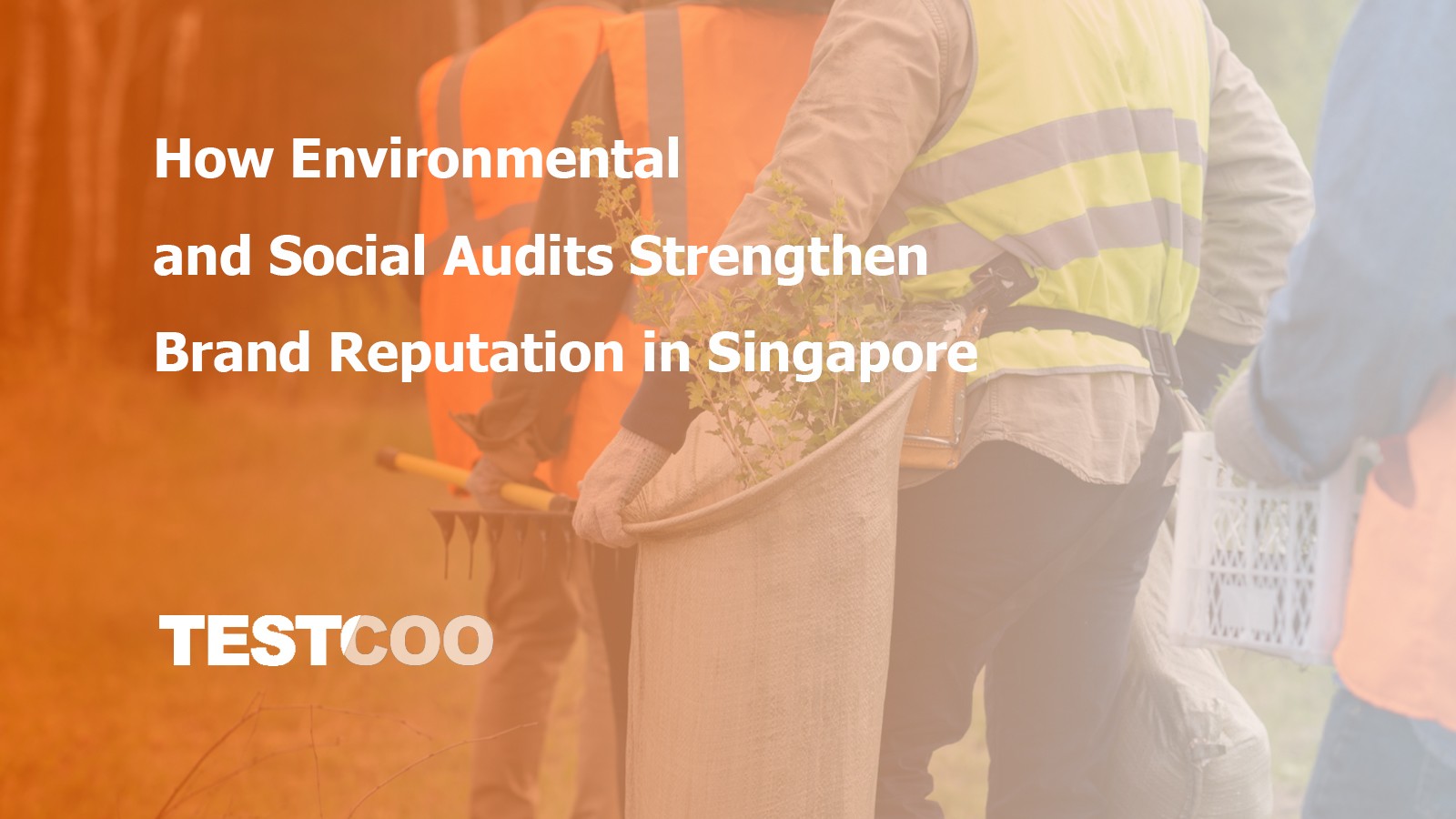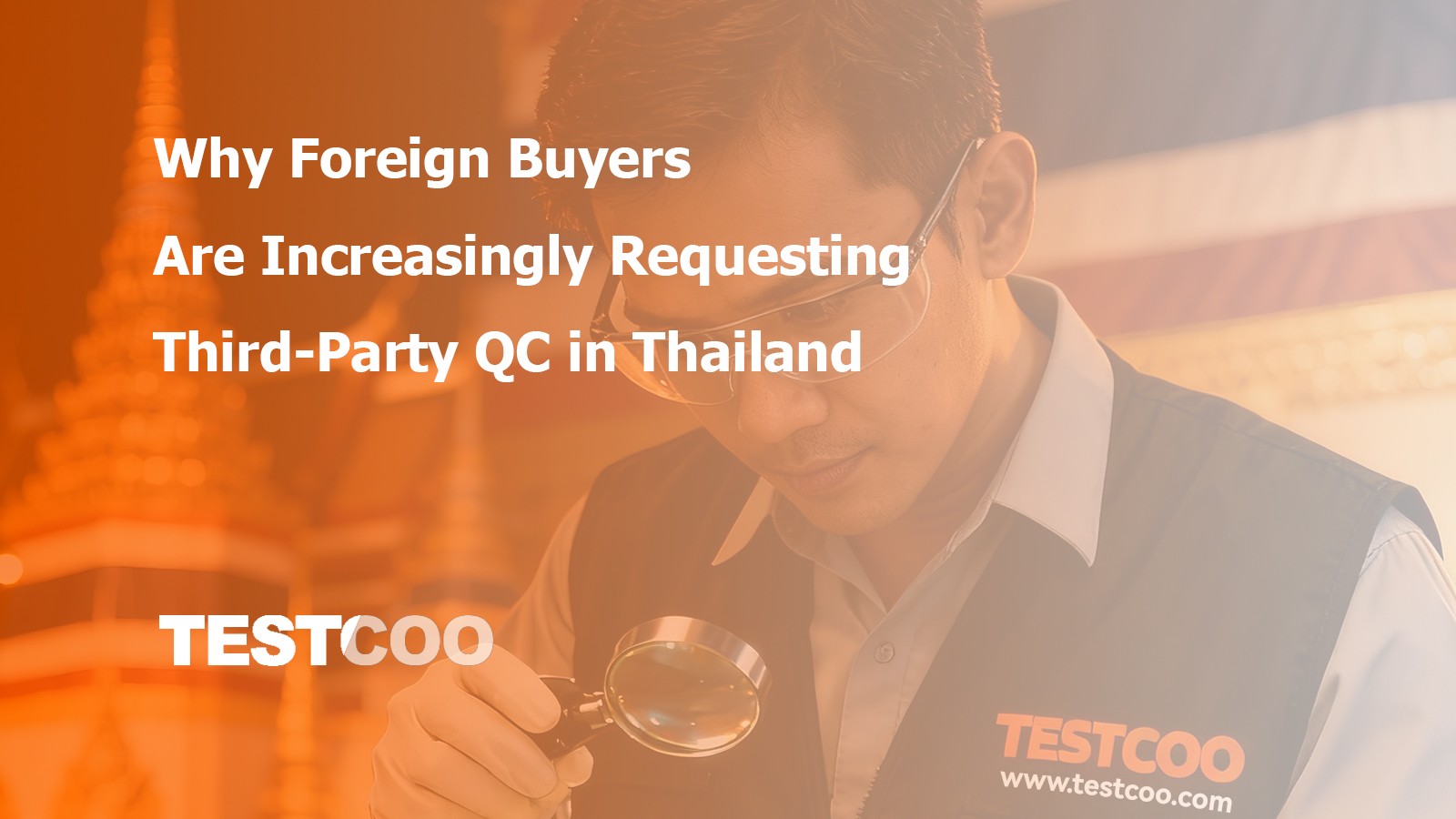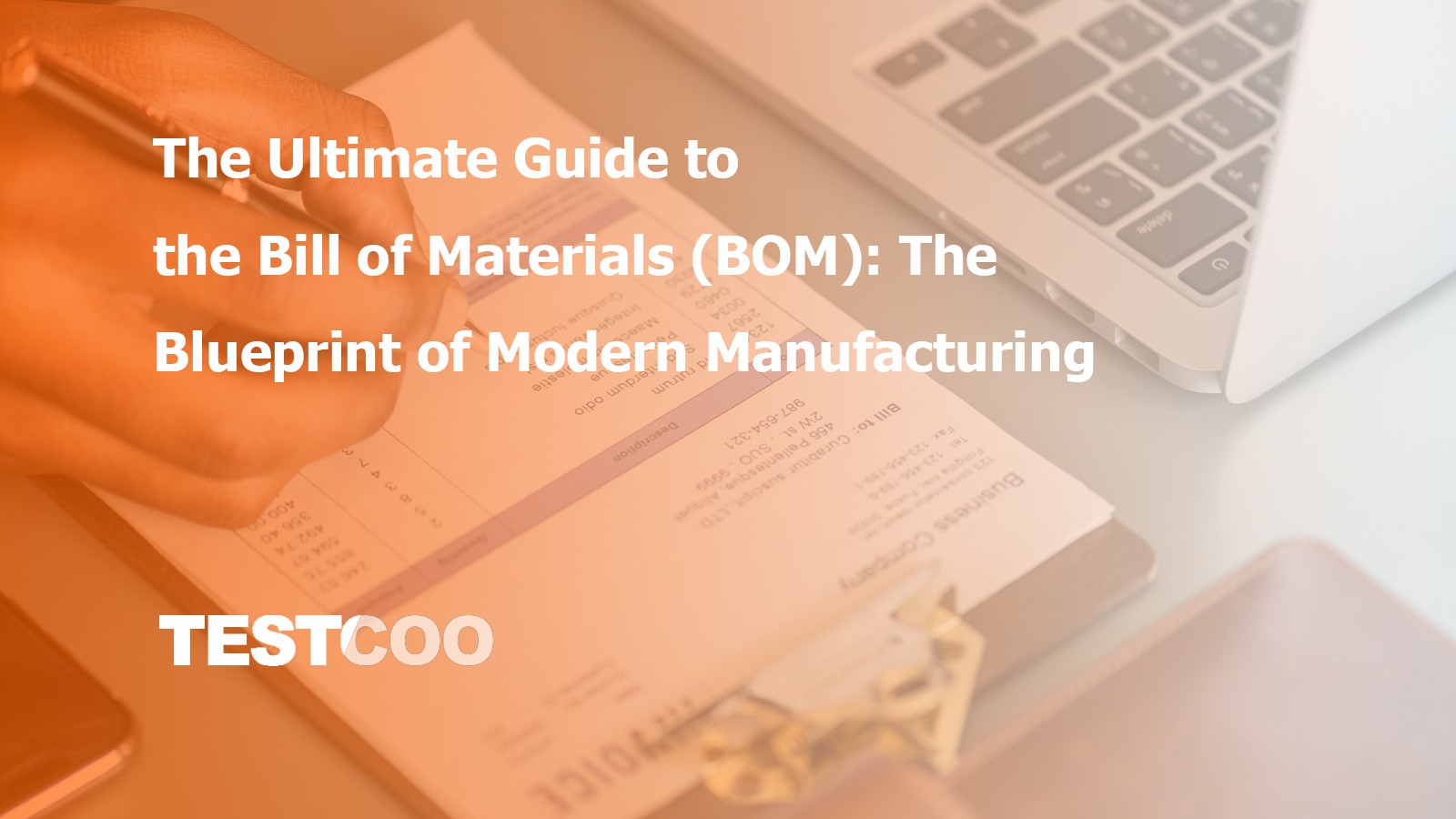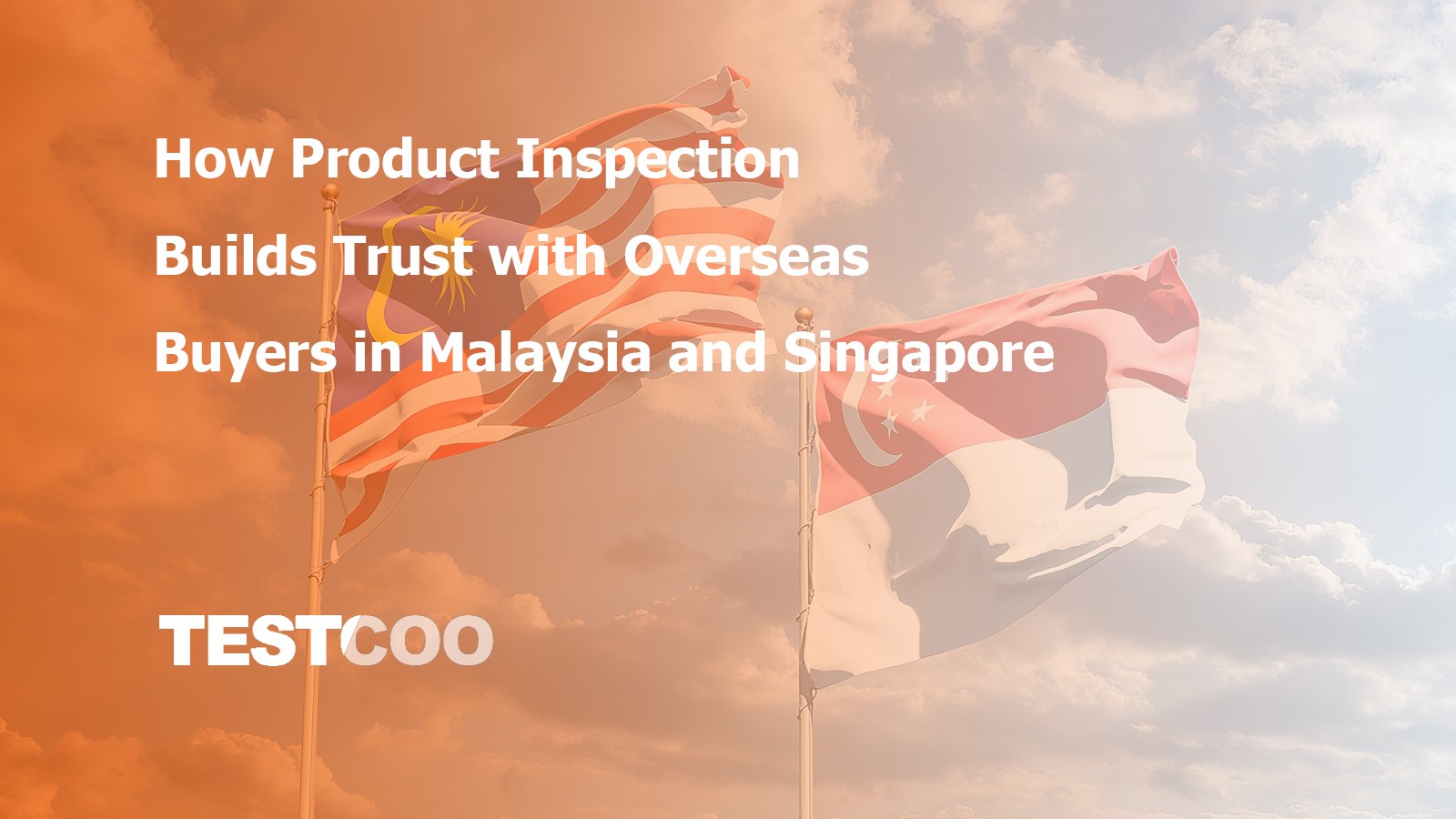EU GPSR Regulation: Detailed Guide to EU Representative Labeling
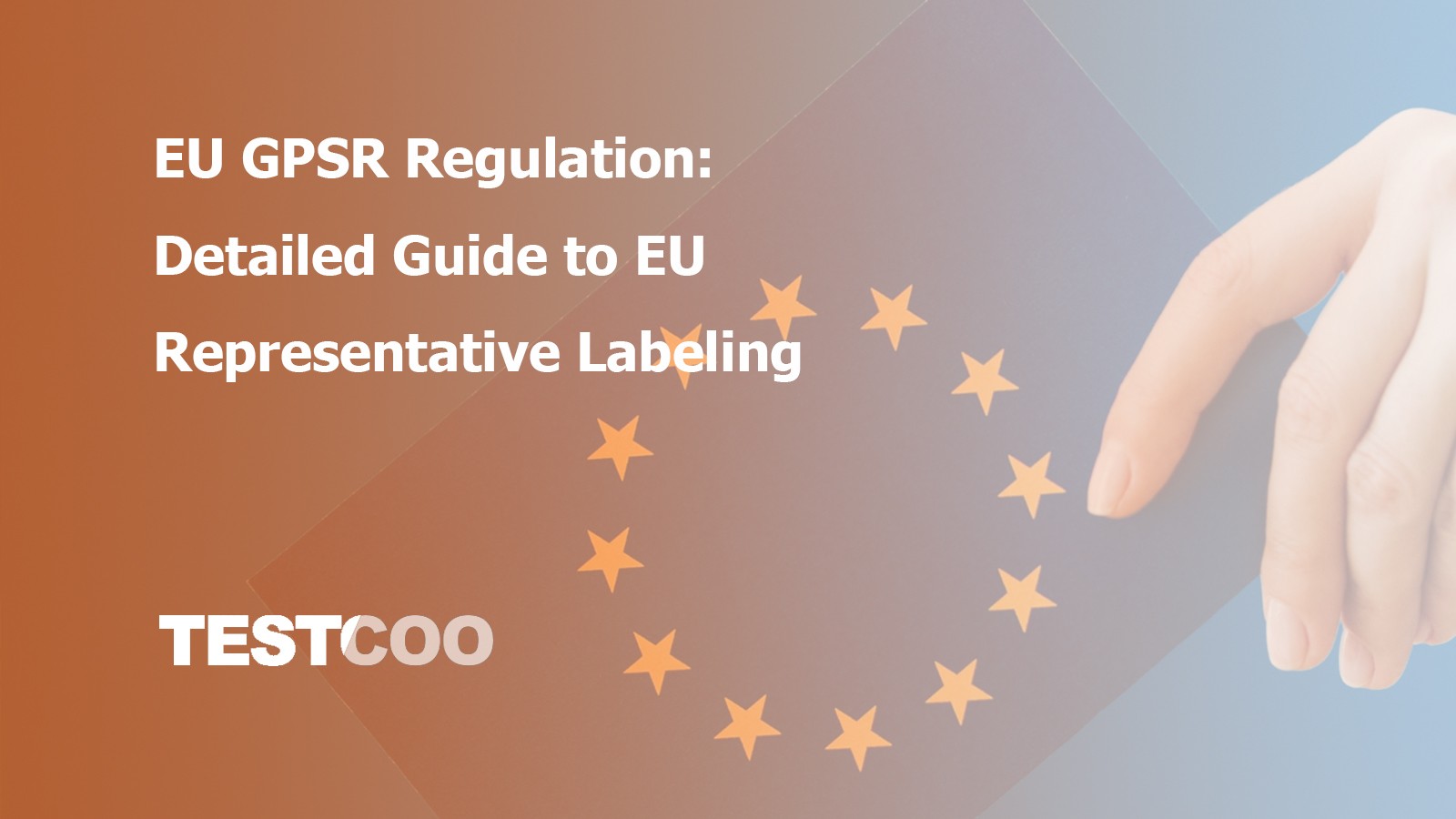
The landscape of product safety in the European Union has shifted significantly with the adoption of the General Product Safety Regulation (GPSR), officially titled Regulation (EU) 2023/988. Set to take full effect on December 13, 2024, this new regulation replaces the long-standing General Product Safety Directive (GPSD). The GPSR introduces clearer and more consistent rules to ensure that only safe products are made available to EU consumers. A key compliance requirement under the new framework is for non-EU manufacturers to designate an EU Responsible Person, also referred to as an EU Representative, and to ensure product labels are updated with the correct information.
This guide provides a comprehensive and practical overview of the new GPSR requirements, focusing on the labeling obligations for EU Representatives. Understanding these requirements is essential for manufacturers, importers, distributors, and e-commerce operators aiming to maintain uninterrupted access to the EU market.
Understanding the General Product Safety Regulation (GPSR)
What is Regulation (EU) 2023/988?
The General Product Safety Regulation (GPSR) is a legislative framework adopted by the European Parliament and the Council to ensure that only safe consumer products are made available in the EU market. It aims to address gaps and inconsistencies in the former General Product Safety Directive (GPSD), modernizing obligations to reflect changes in technology, supply chains, and consumer habits.
Key Features:
- Direct Applicability: Unlike directives, which require transposition into national law, regulations like GPSR apply directly and uniformly across all EU member states. This creates a consistent legal environment for manufacturers and sellers.
- Broader Scope: The GPSR applies to all consumer products not already covered by specific EU harmonization legislation (such as toys, medical devices, or machinery).
- Focus on E-commerce: The regulation specifically addresses online sales channels, requiring that digital marketplaces meet robust safety and traceability standards.
- Stronger Enforcement: GPSR enhances powers for market surveillance authorities and introduces stricter penalties for non-compliance.
Why Was It Introduced?
- Modernization: Address rapid growth of e-commerce, globalization of supply chains, and increased complexity of products.
- Consumer Protection: Strengthen safeguards against unsafe goods, especially those sold online or imported from outside the EU.
- Clarity and Harmonization: Eliminate ambiguities in national interpretations of product safety rules.
Related Article: Revision to EU Carry Cot and Stand Safety Standard EN1466 Published
Which Businesses Must Appoint an EU Responsible Person
Non-EU Manufacturers
Any company based outside the EU that wants to sell consumer products into the European marketplace must designate an “EU Responsible Person,” commonly referred to as an EU Representative. This entity acts as a local liaison between the manufacturer and EU market surveillance authorities, assuming certain legal responsibilities for product compliance.
Responsibilities Include:
- Ensuring Compliance: The representative must verify that products meet all applicable EU safety requirements before they are placed on the market.
- Holding Documentation: They must keep technical documentation and declarations of conformity readily available for inspection by authorities.
- Cooperating with Authorities: The representative is required to provide information and assist with corrective actions if safety issues arise.
E-Commerce Operators
Online sellers, whether operating their own websites or using major platforms such as Amazon or eBay, are directly impacted by the General Product Safety Regulation. Businesses based outside the European Union that sell to EU consumers must ensure compliance by appointing a designated EU Responsible Person. This requirement applies equally to cross-border e-commerce and marketplace vendors, making it essential for sellers to take proactive steps to meet the new safety and regulatory obligations.
Implications for E-Commerce:
- Traceability: Online listings must show clear information about the responsible person.
- Consumer Trust: Displaying a local contact reassures buyers about product safety and after-sales support.
- Liability: Failure to appoint a responsible person can result in products being blocked or removed from sale.
Importers
When a non-EU manufacturer has not appointed an authorized representative or responsible person within the European Union, the importer becomes legally responsible by default. Any business that brings goods into an EU member state from outside the Union is considered the importer and must take on all related compliance duties under the General Product Safety Regulation.
Key Points
- Legal Responsibility: Importers become legally responsible for product conformity and labeling.
- Documentation: They must ensure that technical files are complete and accessible.
Read More: EU Regulation 2023/988 on General Product Safety: detailed guidance
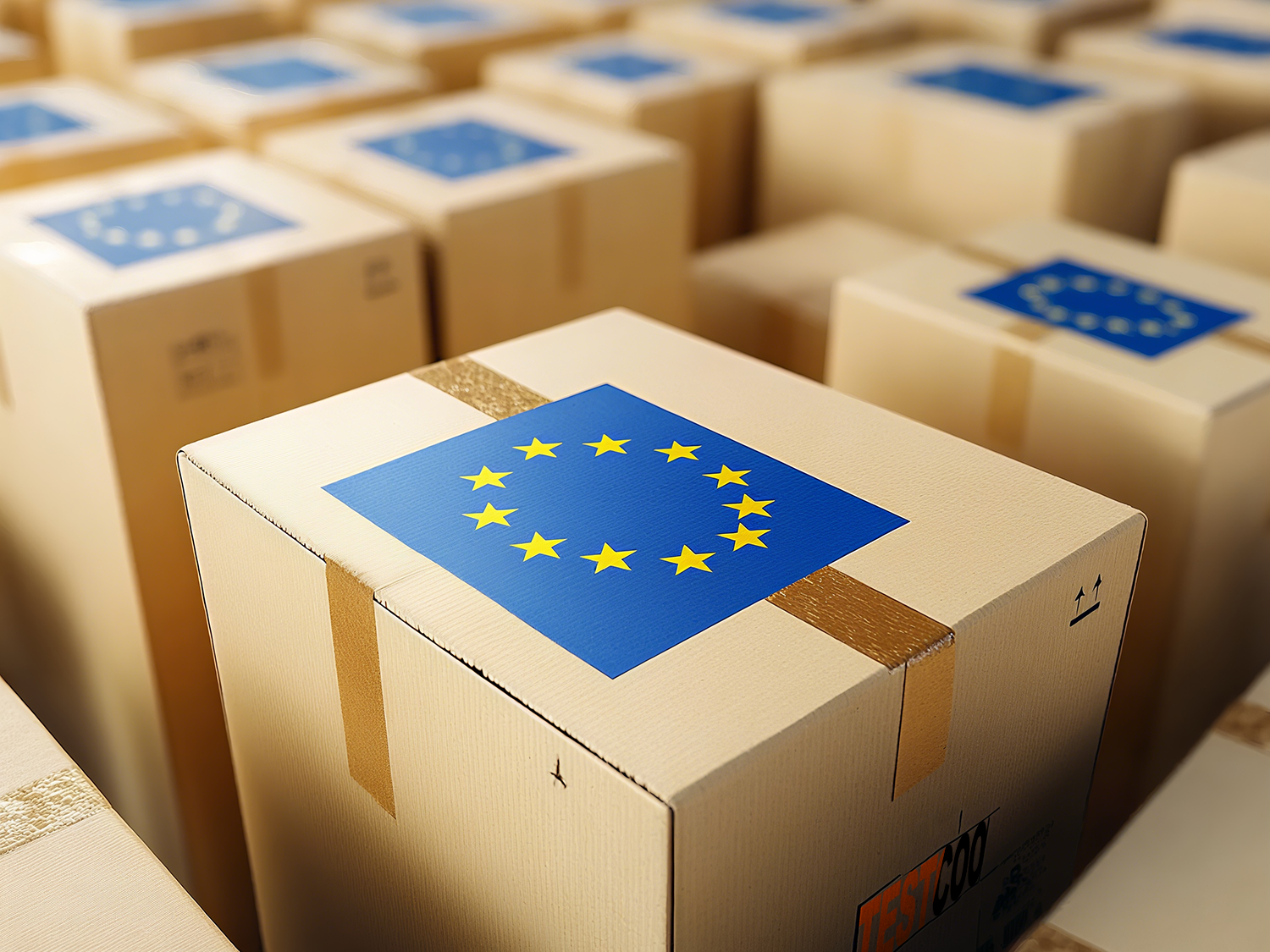
Labeling Guidelines for EU Responsible Person Information
Labeling is one of the most visible aspects of compliance under GPSR. Correct labeling enables authorities and consumers to identify who is accountable for a product’s safety.
Information That Must Appear
Name and Postal Address
Every product covered by GPSR must display the full name and physical postal address of the designated EU Responsible Person (EU Representative). This requirement serves multiple important purposes:
- Traceability: Allows authorities to quickly identify who is responsible for safety actions or recalls.
- Consumer Assurance: Provides end users with a point of contact for queries or complaints.
- Legal Clarity: Prevents ambiguity over who holds responsibility if issues arise.
Note: Generic references such as company names without full addresses or use of P.O. boxes do not comply with GPSR requirements.
Contact Details
The label must also include either an email address or phone number where the responsible person can be reached. This ensures:
- Rapid Communication: Authorities can immediately contact the representative for urgent matters.
- Consumer Accessibility: Buyers have a clear way to get support or report problems.
Best Practice: Offer both phone and email if possible, and ensure these channels are monitored during business hours relevant to the countries where products are sold.
Product Identification
Each product must carry a unique identifier such as a model number, batch code, type designation, or serial number. This is vital for:
- Product Traceability: Facilitates targeted recalls or warnings if issues arise with specific production runs.
- Documentation Linkage: Ensures labels can be matched with technical files held by the responsible person.
Tip: The identifier should match exactly what’s recorded in your technical documentation and declarations of conformity.
Placement of the Label
Where you put this information matters just as much as what you include.
- On the Product
The default requirement is to place all mandatory labeling directly on the product itself. This maximizes visibility and ensures that information remains with the item throughout its life cycle.
- Examples:
- Printed directly onto device casings
- Engraved or embossed on durable surfaces
- Securely affixed using permanent labels
Exceptions: If physically impossible due to size or material constraints (e.g. very small items or products where labeling could compromise safety/use), alternative placements are allowed.
- On Packaging or Documentation
If labeling on the product is not feasible:
- Place it clearly on retail packaging or outer packaging.
- Alternatively, include details on accompanying documents such as user manuals or warranty cards.
Key Point: The information must remain accessible until the moment of purchase and throughout normal use.
- Visibility and Legibility
Regardless of placement:
- Labels must be easily visible under normal conditions.
- Text should be large enough to read without magnification.
- Use contrasting colors for clarity.
- Avoid abbreviations or codes unless explained elsewhere in accompanying documents.
Tip: Regularly review samples to ensure label durability over time (e.g. after exposure to water, sunlight, abrasion).
Language Requirements
Labels must be provided in a language easily understood by both average consumers and local market surveillance authorities in every country where your product is sold.
Implications:
- In multilingual countries (e.g. Belgium), provide information in all official languages if required by national regulations.
- Poor translations can result in non-compliance—use professional translators with relevant regulatory experience.
Best Practice: Review each market’s language laws before distributing products.
Practical Steps for Compliance
Achieving compliance under GPSR requires a systematic approach involving several practical steps:
1. Appoint an EU Representative
- Selection Criteria: Choose a reputable service provider or trusted business partner within the EU who understands regulatory obligations.
- Written Mandate: Sign a formal agreement clearly outlining roles and responsibilities. This document may be requested by authorities during inspections.
- Availability: Ensure your representative is proactive in responding to authorities' requests and can coordinate urgent corrective actions if necessary.
2. Update Product Labels
- Content Review: Check every product SKU to confirm labels meet new GPSR requirements.
- Accuracy Verification: Double-check name, address, contact details, and identifiers against official records.
- Design Consistency: Use templates to standardize label formats across product lines.
Tip: Implement version control so updates are tracked and old labels are phased out systematically.
3. Review Packaging & Documentation
If direct labeling isn’t possible:
- Ensure all required information appears conspicuously on packaging or included leaflets/manuals.
- For bulk shipments, each retail unit must carry compliant labeling—not just outer cartons.
4. Audit E-commerce Listings
For online sales:
- Product pages must display the name/address/contact details of your EU Responsible Person wherever products are available to EU consumers.
- Update listings promptly when label changes occur.
Example: Platforms like Amazon have dedicated fields for manufacturer/representative information—ensure these are filled correctly.
5. Maintain Technical Documentation
Your appointed representative must have immediate access to:
- Technical file detailing design, risk assessment, manufacturing process, and compliance testing.
- Declaration of conformity confirming adherence to relevant standards.
Keep records updated at all times; authorities may request them without prior notice.
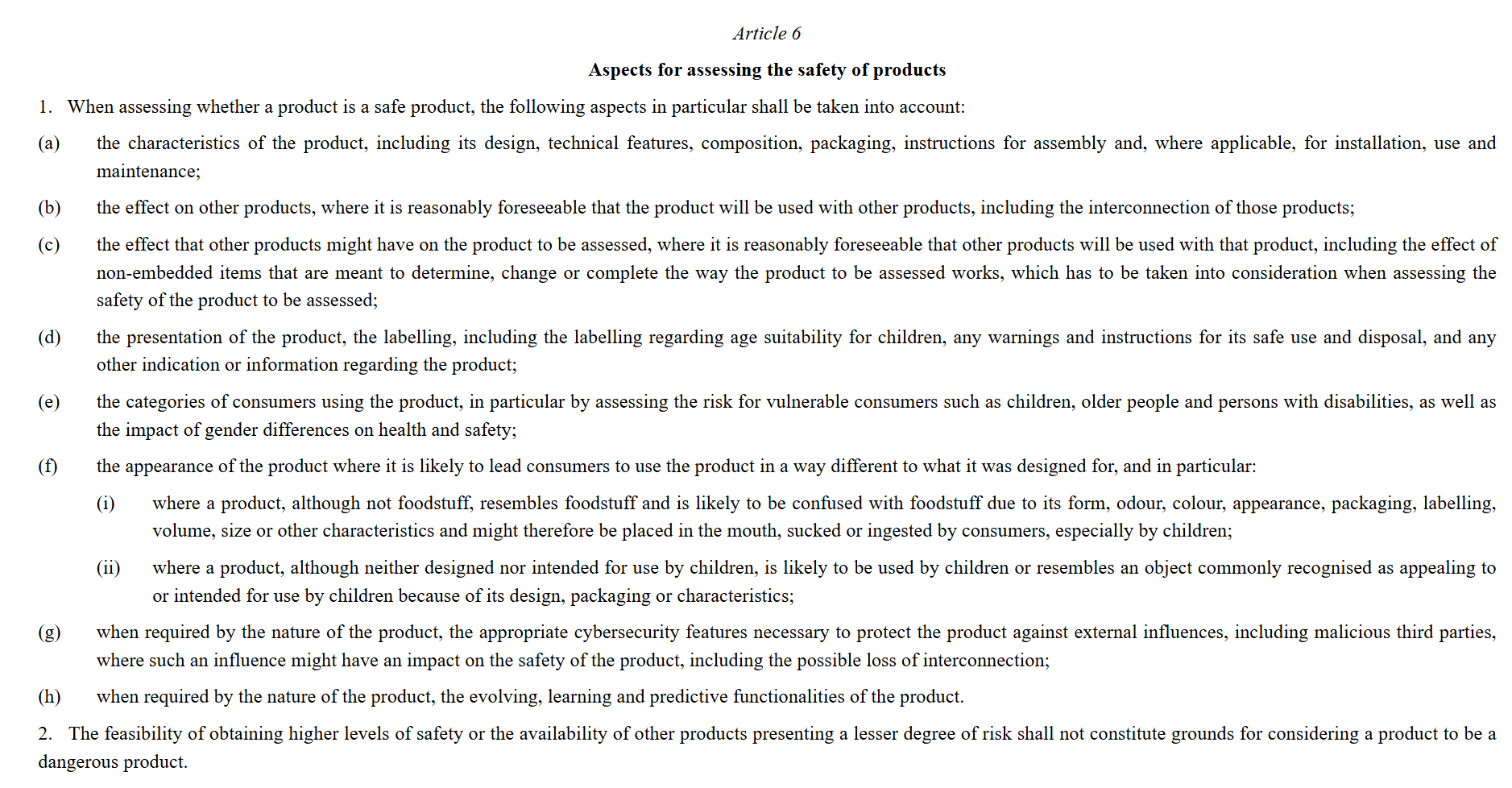
Frequent Compliance Mistakes and How to Prevent Them
Many companies stumble over repeated mistakes when implementing GPSR labeling requirements:
Missing or Incomplete Address
Providing only a company name or using P.O. boxes does not meet requirements. Always include a full street address where authorities can physically reach your representative.
Incorrect Contact Details
Out-of-date phone numbers or email addresses can render labels useless. Routinely verify that points of contact are valid, monitored during business hours, and capable of handling regulatory queries.
Outdated Information
Whenever you change your responsible person or their details (address/phone/email), update product labels, packaging, documentation, and all digital sales channels immediately. Delays can result in enforcement actions or removal from market shelves.
Non-compliant Language
Never assume English alone will suffice—review each destination country’s rules regarding language use on labels. Mistranslations can invalidate otherwise compliant labels.
Illegible Labels
Small font sizes, low-contrast colors, or poor-quality printing can render required information unreadable, which is considered non-compliance by authorities.
EU GPSR Enforcement Measures and Potential Penalties
Authorities across all EU member states have been granted enhanced powers under GPSR:
Market Surveillance Authority Powers
- Product Seizure: Non-compliant goods may be seized at borders or warehouse/distribution points.
- Sales Bans: Products can be withdrawn from sale both online and offline until compliance is demonstrated.
- Product Recalls: Companies may be required to recall products already sold to consumers at their own expense.
Fines & Legal Consequences
Penalties vary by country but can include:
- Substantial administrative fines proportional to company size/revenue
- Public notification of non-compliance cases
- Criminal liability in cases of gross negligence or deliberate violations
Note: Persistent offenders may be banned from selling within the entire European Union market.
Related Article: The EU Corporate Sustainability Due Diligence Directive (CSDDD) Explained
Effective Strategies for Ensuring GPSR Compliance
To ensure continuous compliance with GPSR now and in the future:
Use Standardized Templates
Develop internal templates for all required labeling formats; review them periodically as regulations evolve or new guidance emerges from authorities.
Staff Training & Awareness
Provide training for employees across departments, particularly those in design, production, marketing, logistics, and regulatory affairs, to help them understand how the GPSR affects their specific responsibilities.
Conduct Internal Audits
Schedule regular reviews to check labeling accuracy on samples from warehouses/distributors/retailers. Identify gaps before authorities do.
Collaborate Closely with Your EU Representative
Maintain regular communication; inform them promptly about any product changes, incidents, or regulatory updates so they can fulfill their obligations effectively.
Stay Informed About Regulatory Changes
Subscribe to updates from relevant industry associations or legal advisors specializing in European product compliance; regulations may evolve further as new technologies emerge.
Summary Table: Key Label Elements
Requirement | On Product | On Packaging/Docs | Language |
Name & Address of Rep | ✔️ | ✔️ | Local Official |
Contact Details | ✔️ | ✔️ | Local Official |
Unique Product Identification | ✔️ | ✔️ | - |
Related Article: Decoding EN, IEC, ISO, and ITU Standards for Global Market Access
Ensure GPSR Compliance with Testcoo’s End-to-End Regulatory Support
The new General Product Safety Regulation (GPSR) highlights the European Union’s strong commitment to protecting consumers while streamlining compliance procedures for businesses engaged in cross-border trade. For manufacturers outside the EU, ensuring access to the European market now requires the formal appointment of an EU Responsible Person and full adherence to updated labeling and documentation standards. Early action is critical to avoiding regulatory delays, legal risks, or supply chain disruptions.
Testcoo provides comprehensive solutions to help companies align with GPSR requirements, including EU representative services, product labeling guidance, multilingual documentation review, and professional inspection support. With our industry expertise and global network, your brand can confidently navigate the evolving European regulatory environment, reduce compliance burdens, and reinforce your reputation for safety and reliability in the international marketplace.
Free Sample Report Performance Quality Control
Download a sample report to keep control of your supply chain!
Featured Articles
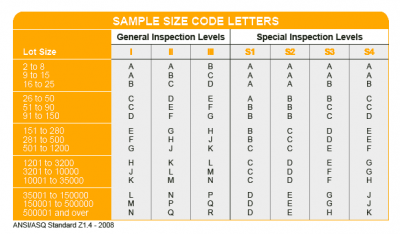 AQL Table | How to Read It
AQL Table | How to Read It TOP 10 Common Defects in Garments Quality Inspection
TOP 10 Common Defects in Garments Quality Inspection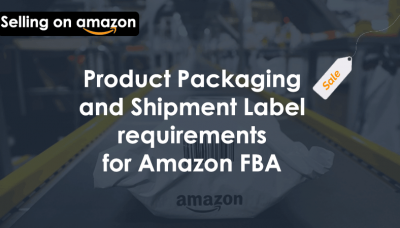 Product Packaging and Shipment Label requirements for Amazon FBA
Product Packaging and Shipment Label requirements for Amazon FBA What Is ASTM-F2413-18? Protective Footwear Standard
What Is ASTM-F2413-18? Protective Footwear Standard How to Conduct Third-Party Quality Control Inspections for Electric Scooters
How to Conduct Third-Party Quality Control Inspections for Electric Scooters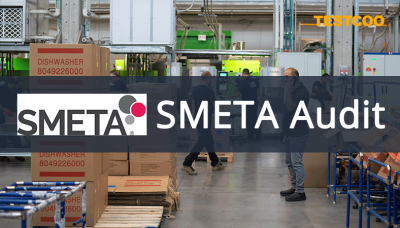 SMETA Audit-What is SMETA Audit?
SMETA Audit-What is SMETA Audit? TESTCOO Supplier Verification/Certification Service SLCP, Higg FEM, GRS, GOTS
TESTCOO Supplier Verification/Certification Service SLCP, Higg FEM, GRS, GOTS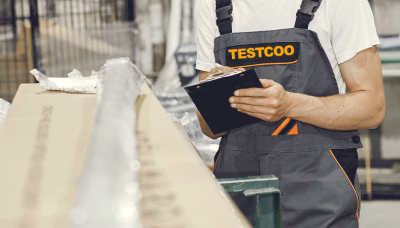 Quality Control Inspection Company in China
Quality Control Inspection Company in China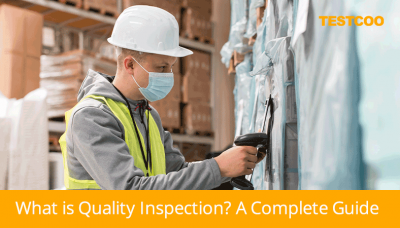 What is Quality Inspection? A Complete Guide
What is Quality Inspection? A Complete Guide Guidelines for Product Inspection in India
Guidelines for Product Inspection in India
Category
- Production Inspection Service
- Factory Audit
- Softline Inspection
- Hardline Inspection
- Electrics Inspection
- Certification
- Checklist
- Manufacturers
- Quality Assurance Basics
- Products Recall
- AQL
- Guidence and Standard
- News
- Supplier Management
- Amazon
- Protective Equipment
- e-commerce quality control
- Indian Manufacturing
- Soft Goods Quality Control
- Supply Chain Management
- Supply Chain Resilience
- E-Commerce Quality Control
- ISO 2859
- Supply Chain Optimization
- Garment Industry
- Higg Index

